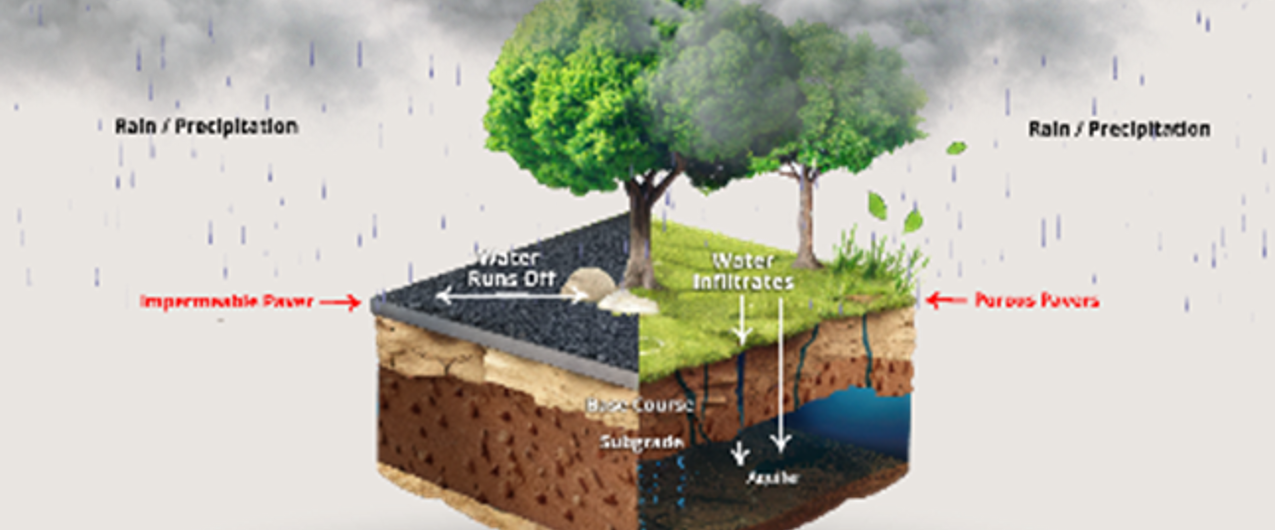In June 2024, nearly 290 homes were severely affected by flooding in Hawarden, Iowa, caused by record water levels in the Big Sioux River. Years of inadequate stormwater management washed out roads, caused mudslides and required swift water rescues and evacuations. Similarly, at least four of 2024’s billion-dollar disasters were floods.
Part of the reason is rapid urbanization. Instead of using permeable pavers or porous pavers that allow the water to infiltrate the ground, many cities have a larger area of impervious surfaces made with concrete and asphalt. These materials promote surface water runoff, increasing flood hazards in urban areas. Along with stormwater management, there are a few steps that can help mitigate the risk to both human life and infrastructure.
Improving urban planning and building more resilient structures
Implementing resilient and sustainable urban planning is crucial for mitigating flood risks. This includes avoiding construction in flood-prone areas, incorporating green spaces and designing infrastructure that can withstand flooding.
Green infrastructure with stormwater management solutions
Integrating green infrastructure into urban planning is another important addition. For instance, building more areas with permeable pavers and/or green roofs with porous paving can help absorb excess water, reducing surface runoff and the risk of flooding. Grasspave2 and Gravelpave2 by Invisible Structures are excellent stormwater solutions that allow a larger volume of water to infiltrate the ground. Using them in landscaping supports vegetation growth, fostering biodiversity.
Upgrading existing stormwater infrastructure
Upgrading and maintaining existing stormwater drainage systems, sewage systems and levees can significantly reduce the impact of floods. For effective results, cities must invest in resilient infrastructure that is capable of handling extreme weather events.
Investing in early warning systems to alert populations
Another way to mitigate the effects of damage to people is investing in advanced early warning systems. Having such technology at hand will allow authorities to alert home and building owners of an impending flood well in advance. This provides valuable time for evacuation and reduces the risk of casualties.
Community engagement and awareness
Educating and involving the community in flood preparedness is crucial to reducing its impact. This includes conducting regular drills, disseminating information about evacuation routes, and fostering a culture of resilience.
Policy and regulation for a more flood-resilient built environment
Enforcing and updating building codes and land-use regulation for existing and upcoming building projects based on flood risk is critical. Resilient buildings can reduce the impact of a natural disaster. To ensure more buildings adhere to the applicable guidelines, governments must work collaboratively with local authorities.
One step closer to effective stormwater management
For stormwater management at grassroots level, consider products from Invisible Structures. Our flexible, plastic porous systems can be used in a wide range of applications including parks, walkways and areas with low-speed vehicular traffic areas such as fire-lanes, parking lots and driveways. Visit our products page for a closer look.
